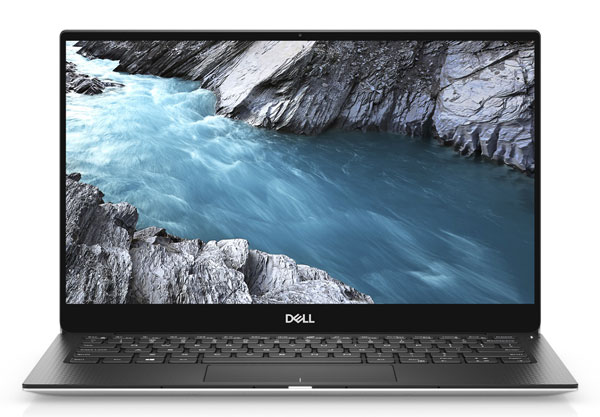The Core i7-9750H is a lightning-quick processor that is considered to be state-of-the-art. However, it is the first ultraportable notebook to outperform earlier 7th-generation "H"-class CPUs in bulkier laptops, such as the relatives of the XPS 15 with which it shares its name.
Dell XPS 13 Specifications
Because it is built on the updated chassis, the XPS 13 7390 has the same outward appearance as the XPS 13 9380 we tested. This should not come as a surprise. Inside is where it's at, and the most recent CPU offering from Intel is what makes the most impact. The main requirements are as follows:
- GPU: Intel's own UHD graphics system
- The display is a touch screen that is 4K and UHD
- Storage: 512GB M.2 PCIe SSD
Even if it's not our go-to choice, the keyboard with the new XPS 13 7390 is quite serviceable. The trackpad supports the Precision touchpad driver from Microsoft, and its surface has a slight drag to it, rather than the sense of glass that is perfectly smooth.
The Keyboard
Because the new Dell XPS 13 is mainly based on its predecessor, the XPS 13 9380, our thoughts on the laptop's keyboard and trackpad have, for the most part, remained the same. It is important to point out that the trackpad on this specific example has a little metallic texture, and some friction is also present on the surface. We've heard some people grumble that the keyboard isn't nearly as responsive as previous models, and we have to say that we have to agree with them. It's hard to put into words, but the keyboard seems to respond more slowly than usual. Although it is not a deal-breaker by any stretch of the imagination, the laptop keyboard is not our first pick.
Performance
Because so few people do the activity, Intel frowns whenever someone suggests performing a test meant to quantify the amount of heavy 3D modelling that can be done on a thin-and-light laptop. On the other hand, we feel obligated to point out that light 3D modelling can now be done on the move, thanks to the increased processing power found in ultraportable laptops. Our first test, conducted using Maxon's Cinebench R15 and is seen above, provides a clear illustration of this point.
Compared to the 10thgeneration Core i7-1065G7 found in the Dell XPS 13 2-in-1, the addition of two cores boosts 34 per cent in overall performance. Even more astonishing, though, is the contrast between the fastest Whiskey Lake chip from the 8th generation and the Comet Lake chip from the 10th generation. Given that they share the same fundamental components, the 44% increase is remarkable.

Handbrake Performance
Cinebench helps generate a performance score; however, relying on Cinebench alone has some drawbacks, the most significant of which is that it does not typically tell you how a laptop will run under longer and more stressful circumstances. We do this by using the HandBrake encode programme, to which we give the responsibility of converting a 30GB 1080p video to the Android Tablet preset. On a quad-core thin-and-light computer, the process may take up to an hour or even more, depending on how far the manufacturer wants to crank down the speeds. We often wish that we could spend all of our time creating impressive 3D representations of future settings. Instead, we are grinding along on a large gigantic spreadsheet, performing a mail merge, or producing a TPS report for Bob.
Battery Capacity and Performance
Our most recent test, which evaluates battery life, is perhaps the parameter that consumers care about the most out of all of them. To conduct our test, we loop a 4K movie when the laptop is in aeroplane mode, earbuds are attached, and the display is adjusted to be between 250 and 260 nits bright. It's hard to put into words, but the keyboard seems to respond more slowly than usual. Although it is not a deal-breaker by any stretch of the imagination, the laptop keyboard is not our first pick. That brightness level is appropriate for usage in an office environment during the daytime or in the cabin of an aircraft when the lights are turned on.
The battery life of the XPS 13 ranged between ordinary and acceptable. Although you would think that the 6-core central processing unit is to blame, the reality is that most video tasks use relatively little power since the graphics chips perform most of the work. Consequently, the central processing unit will be idle while the video is being played.








